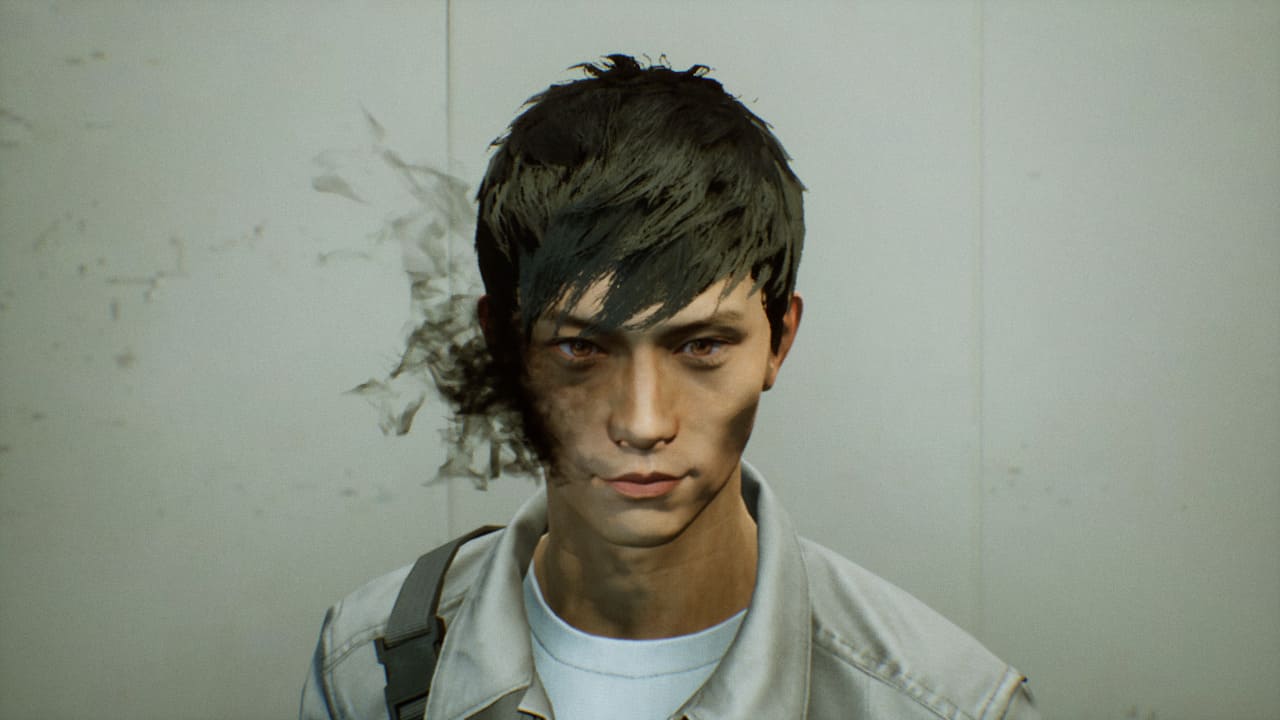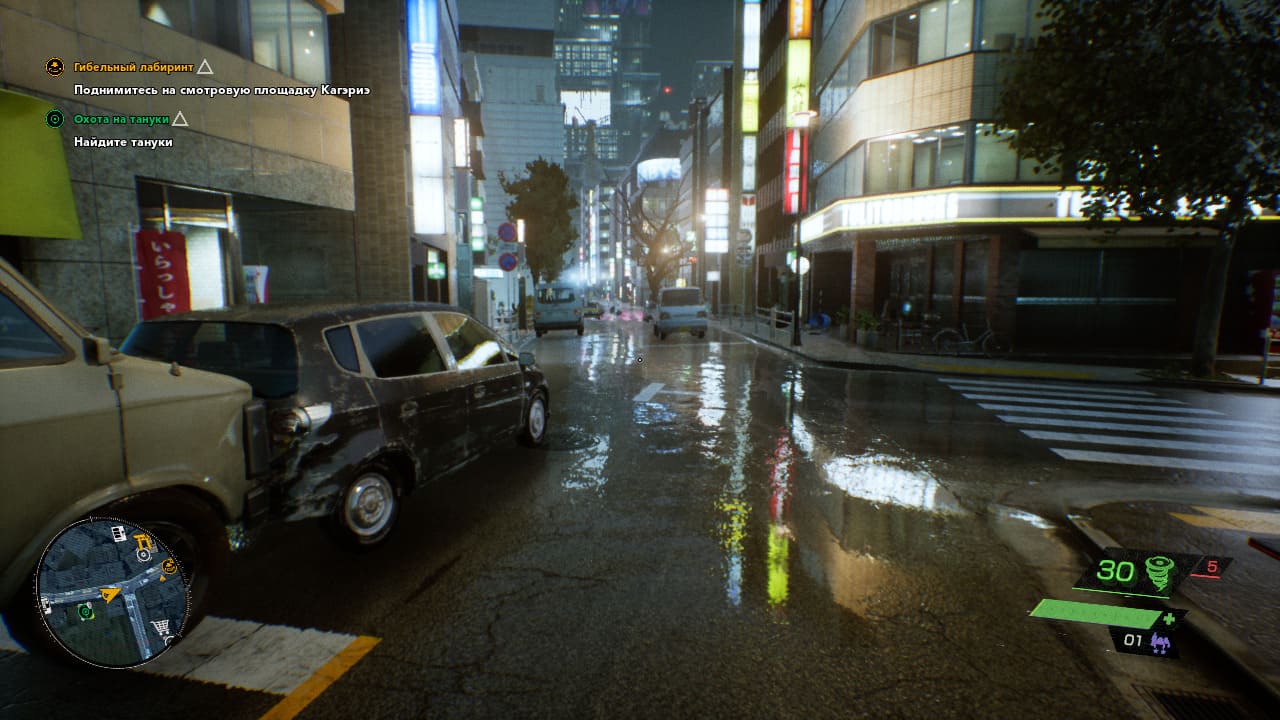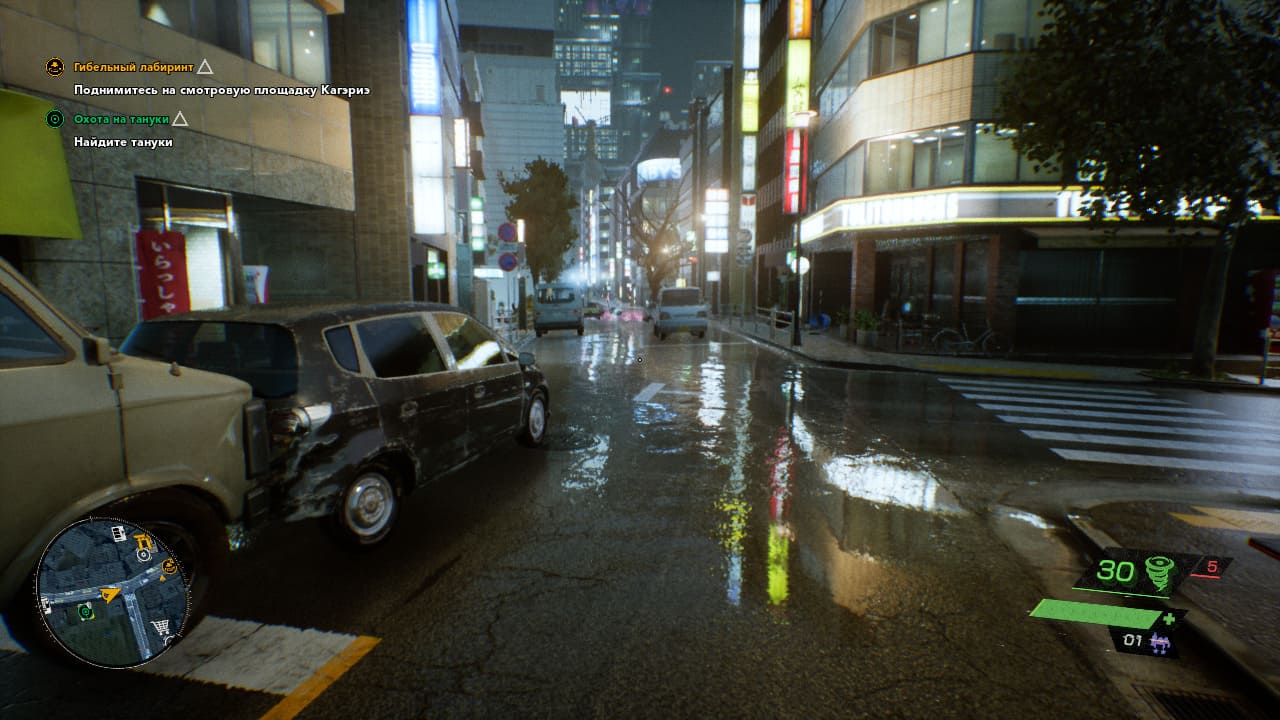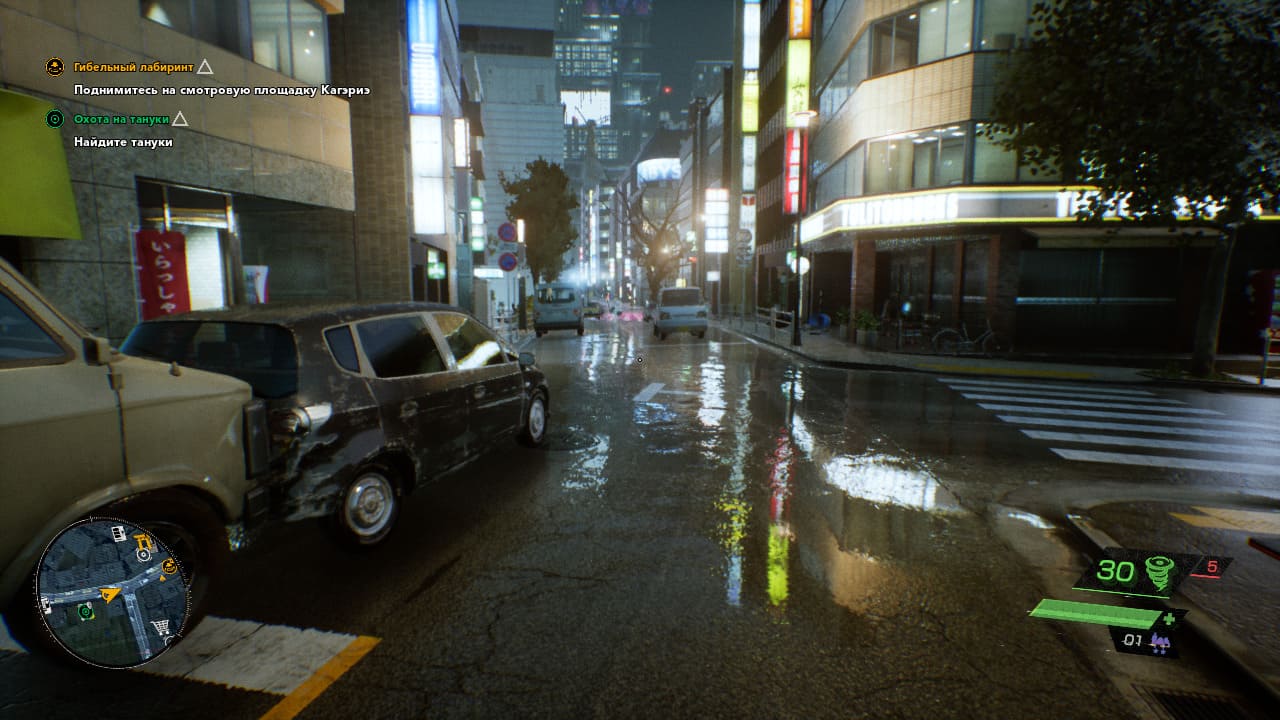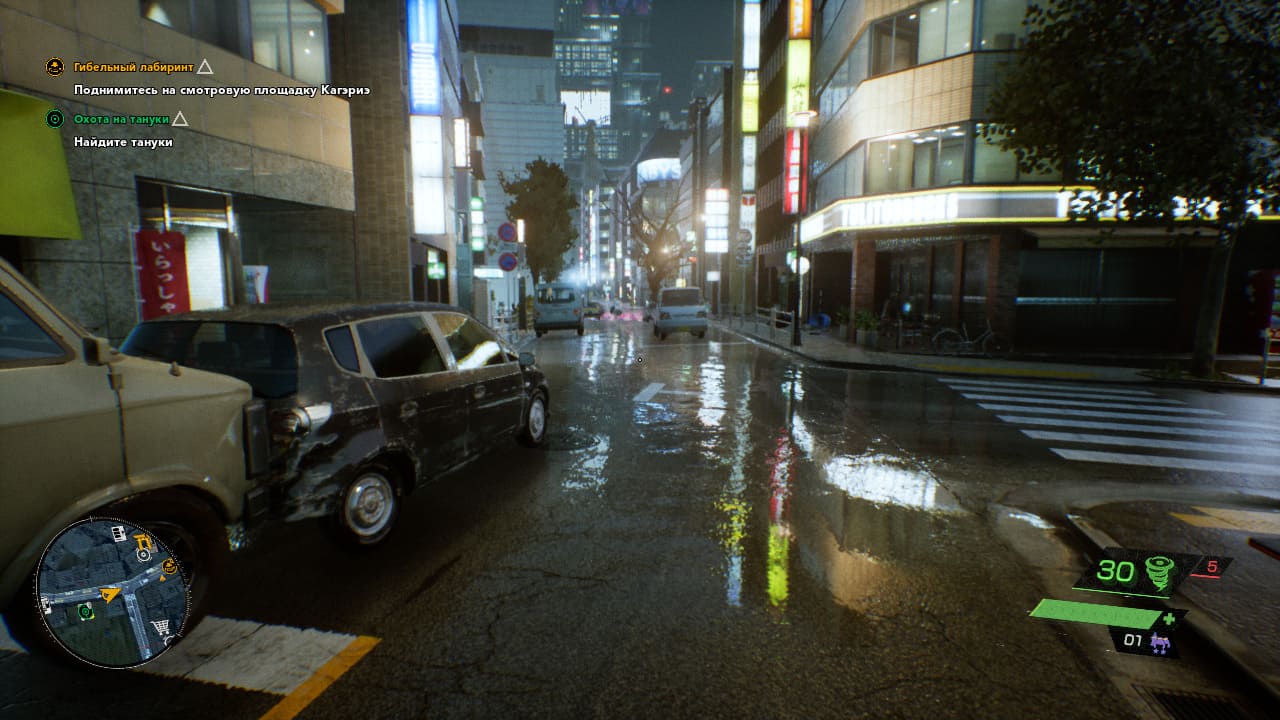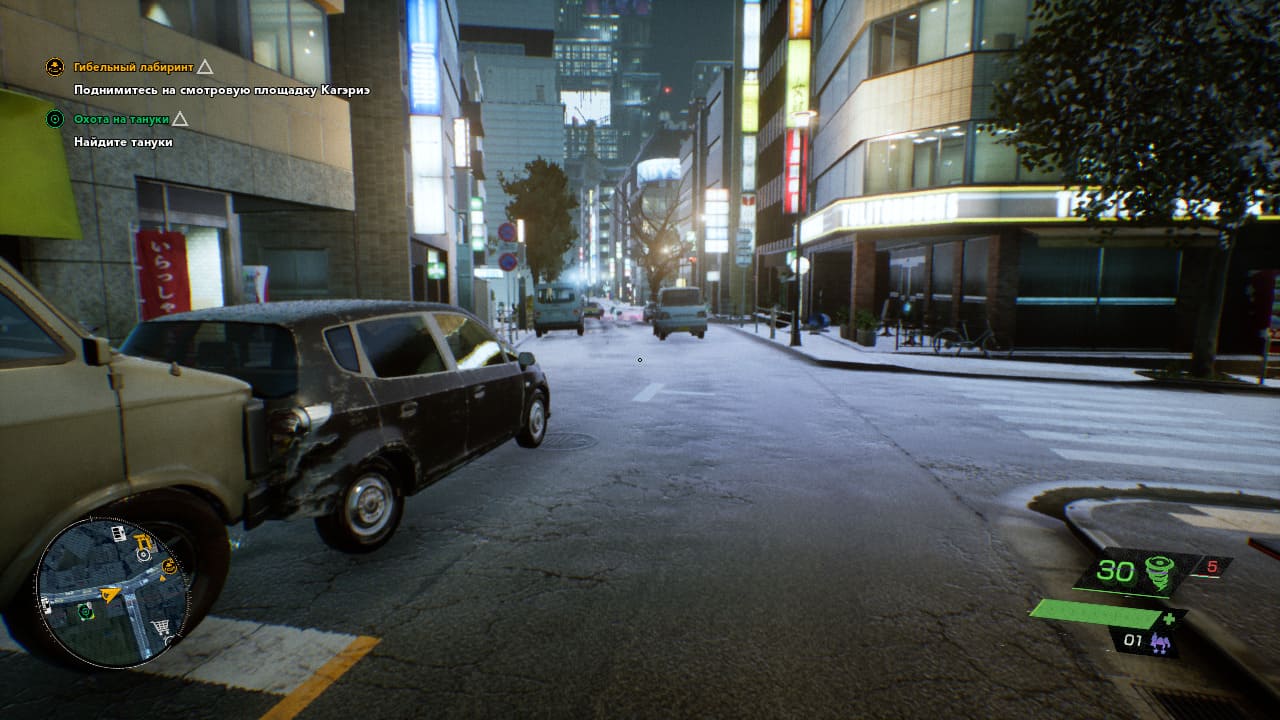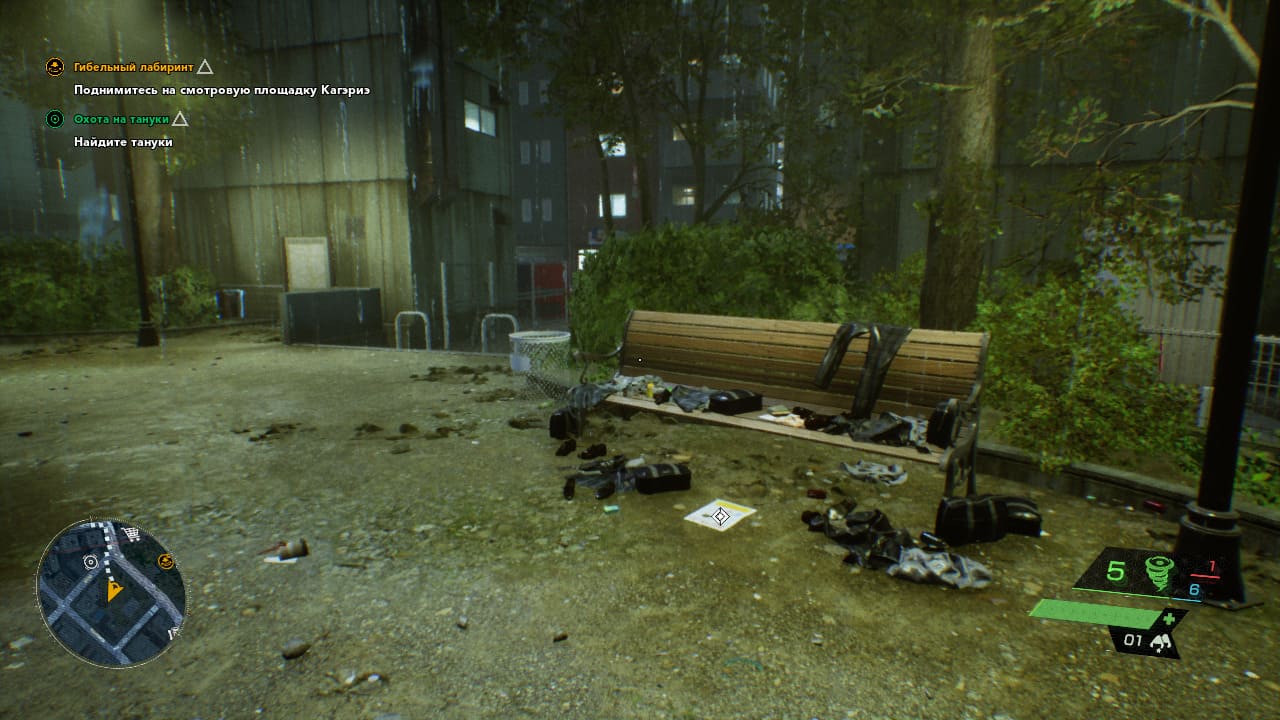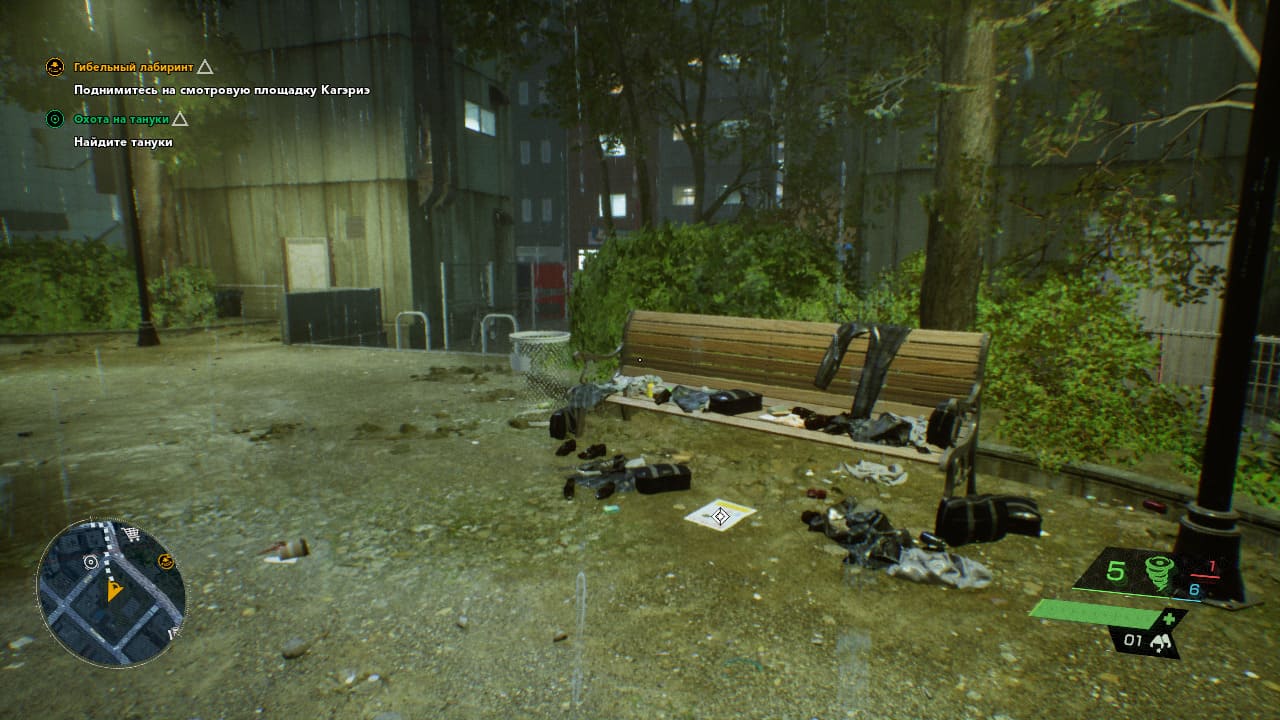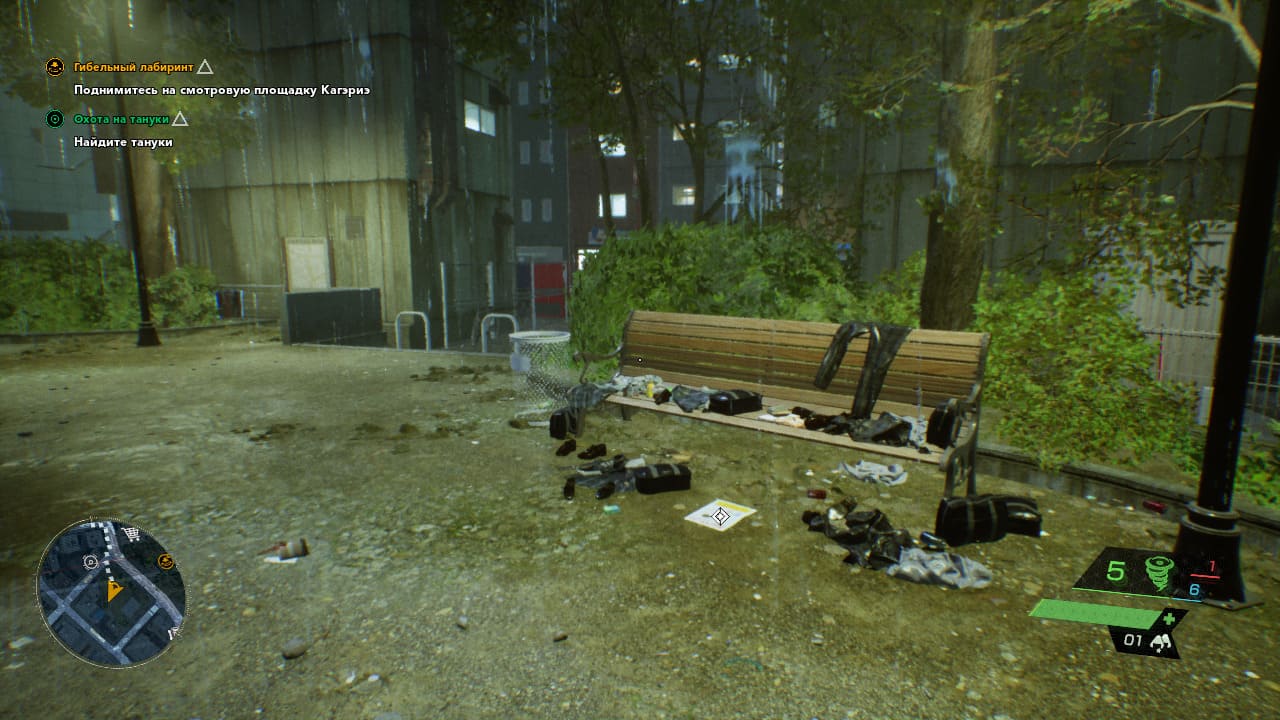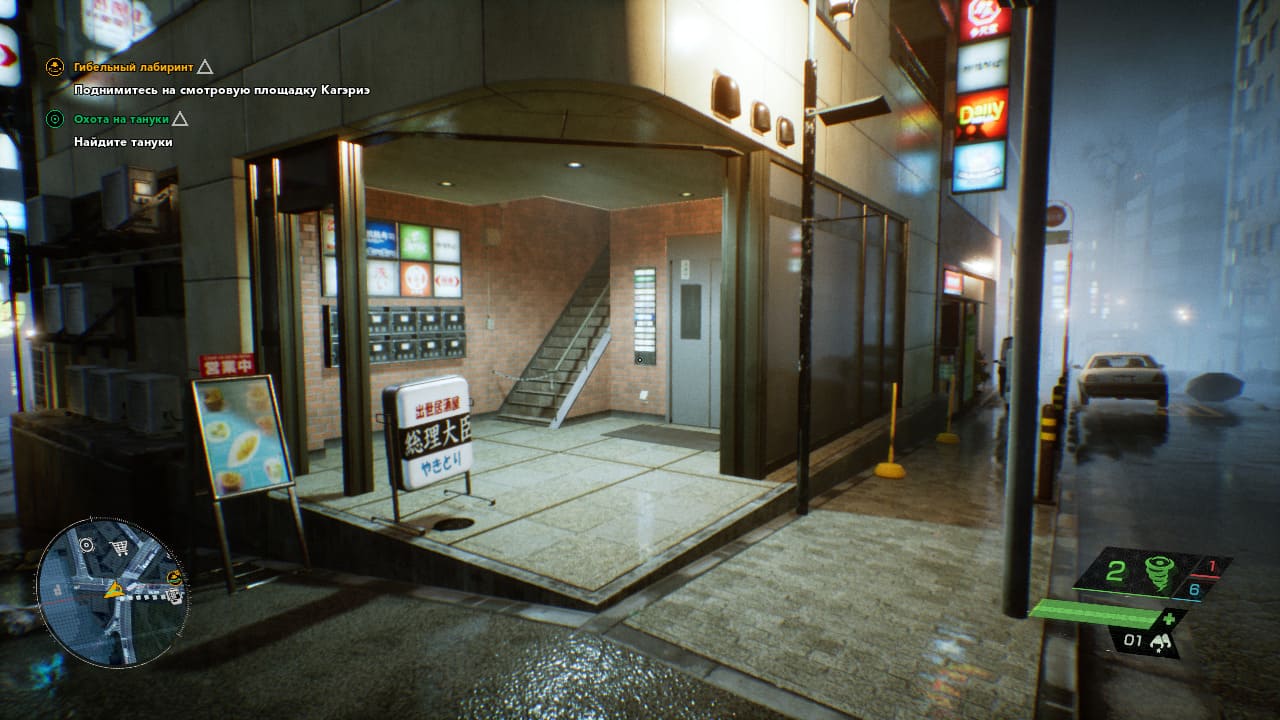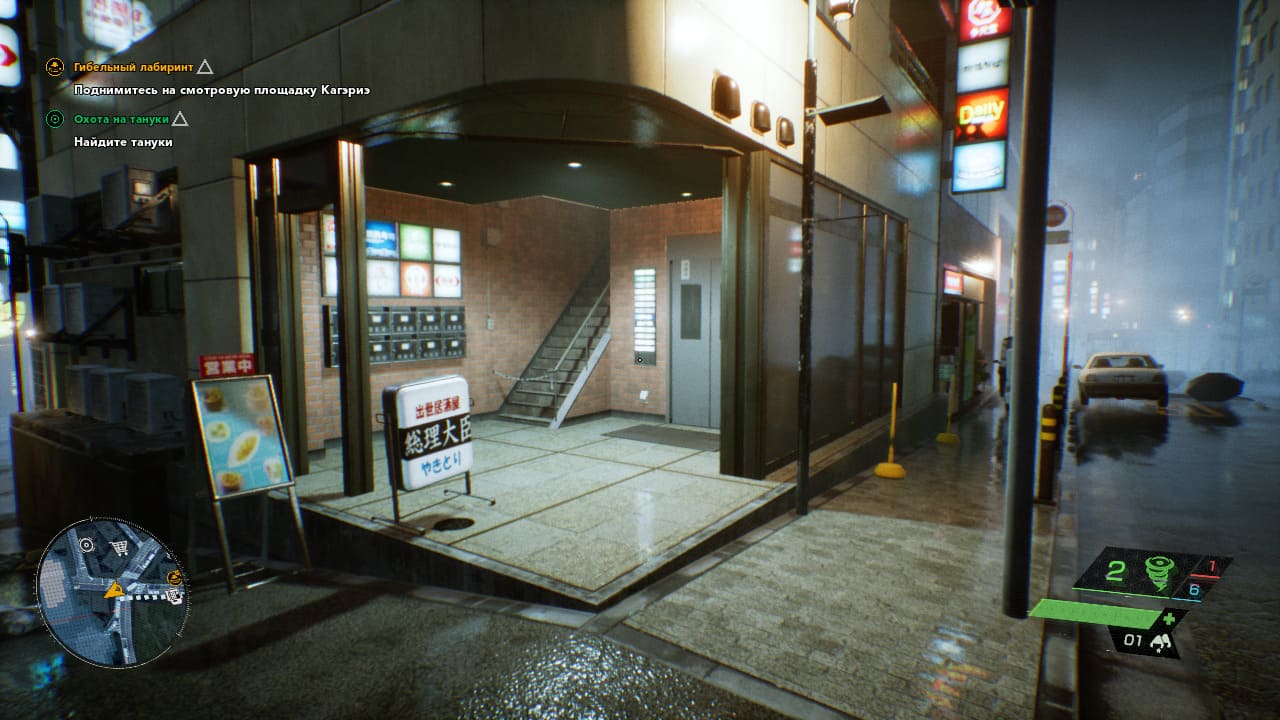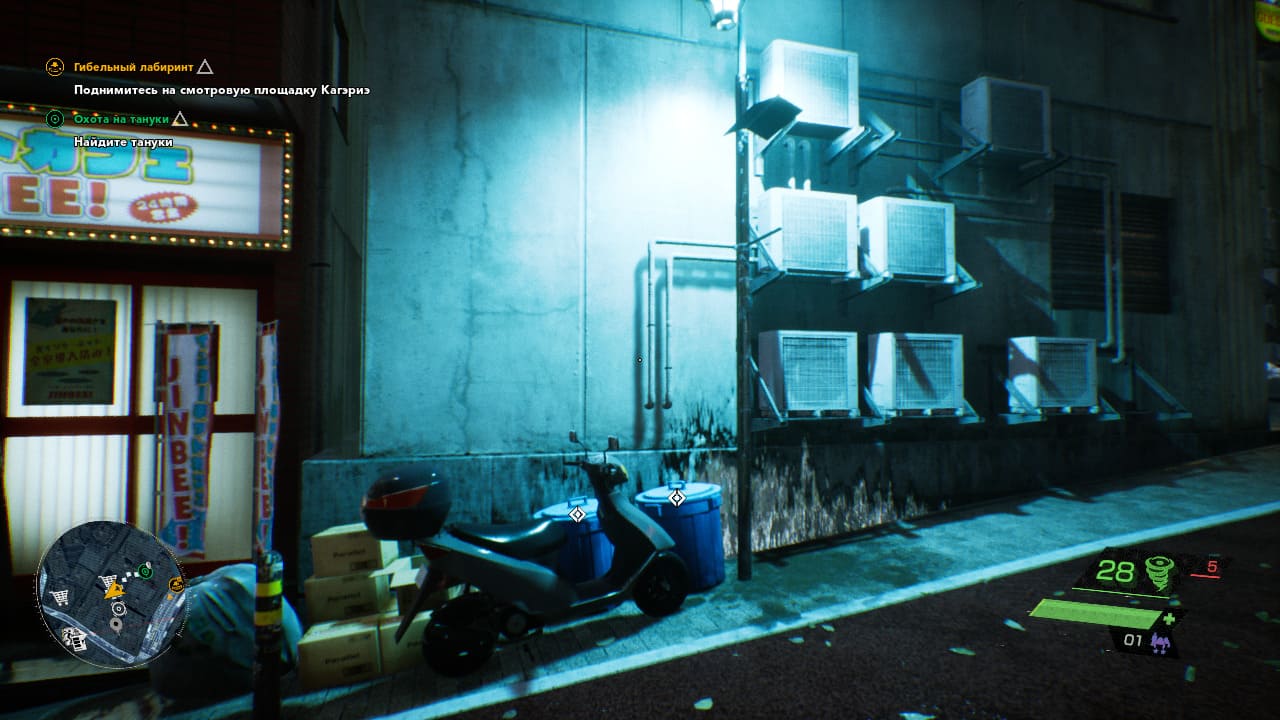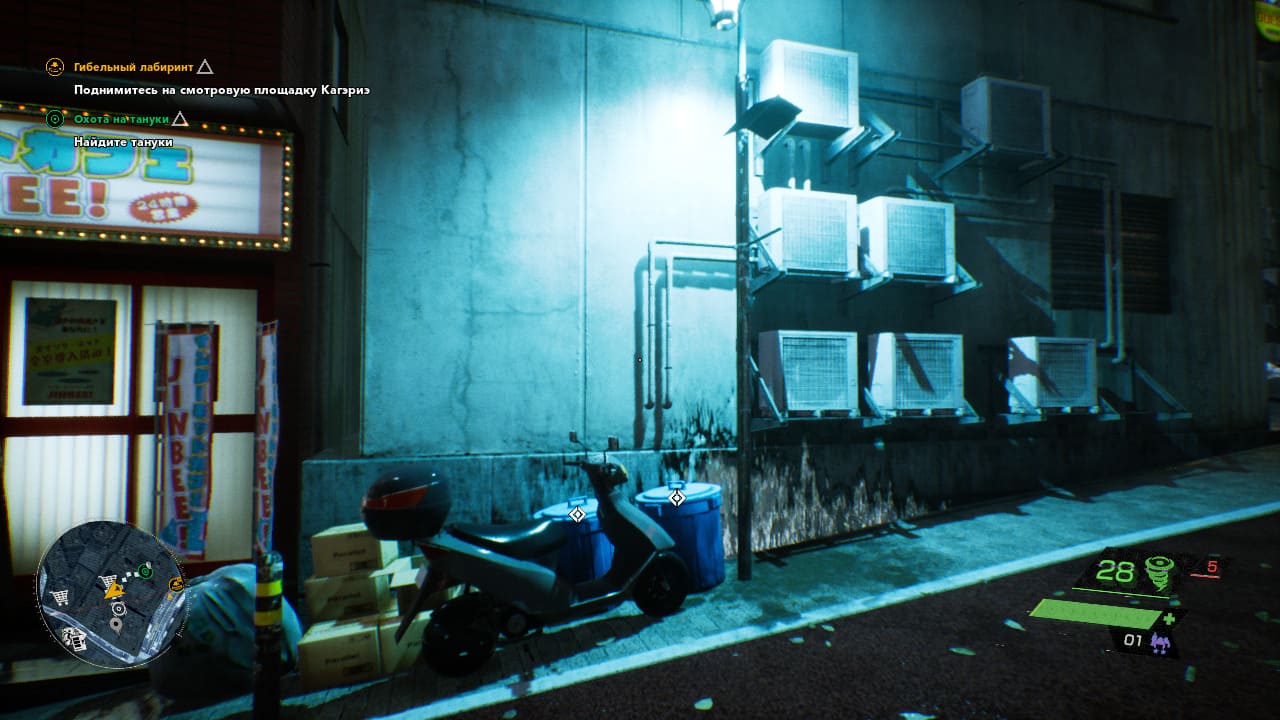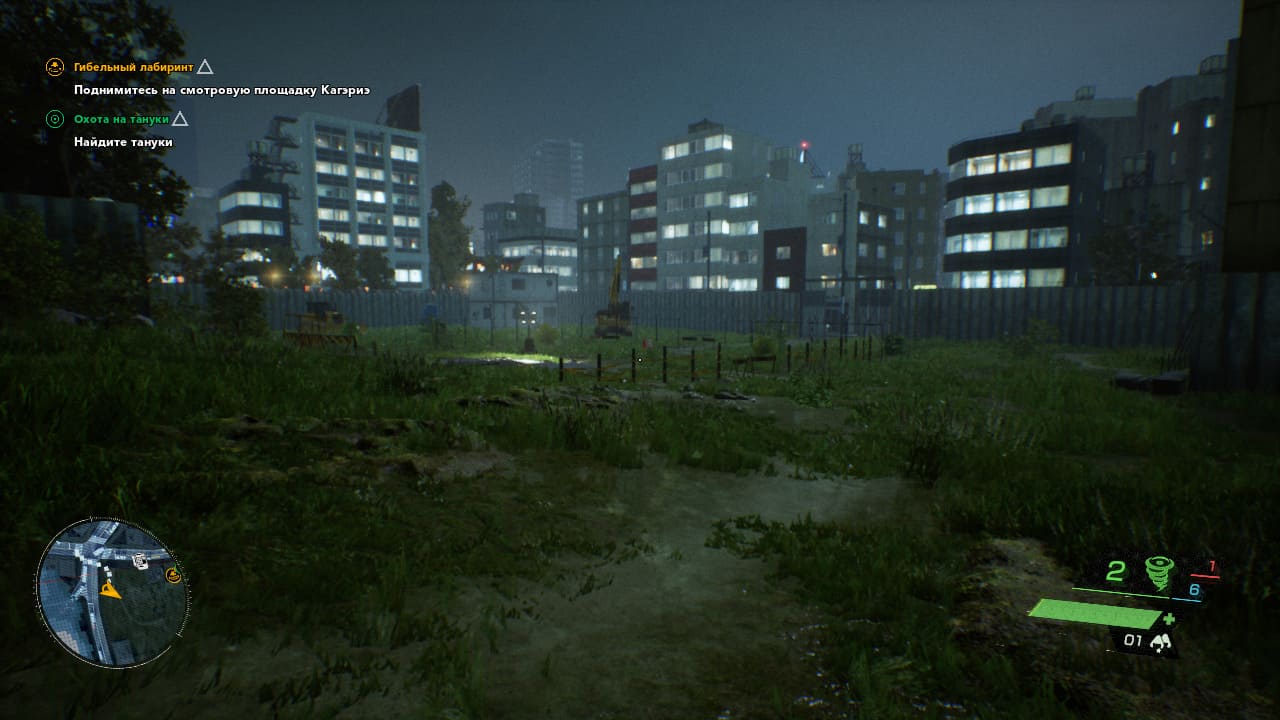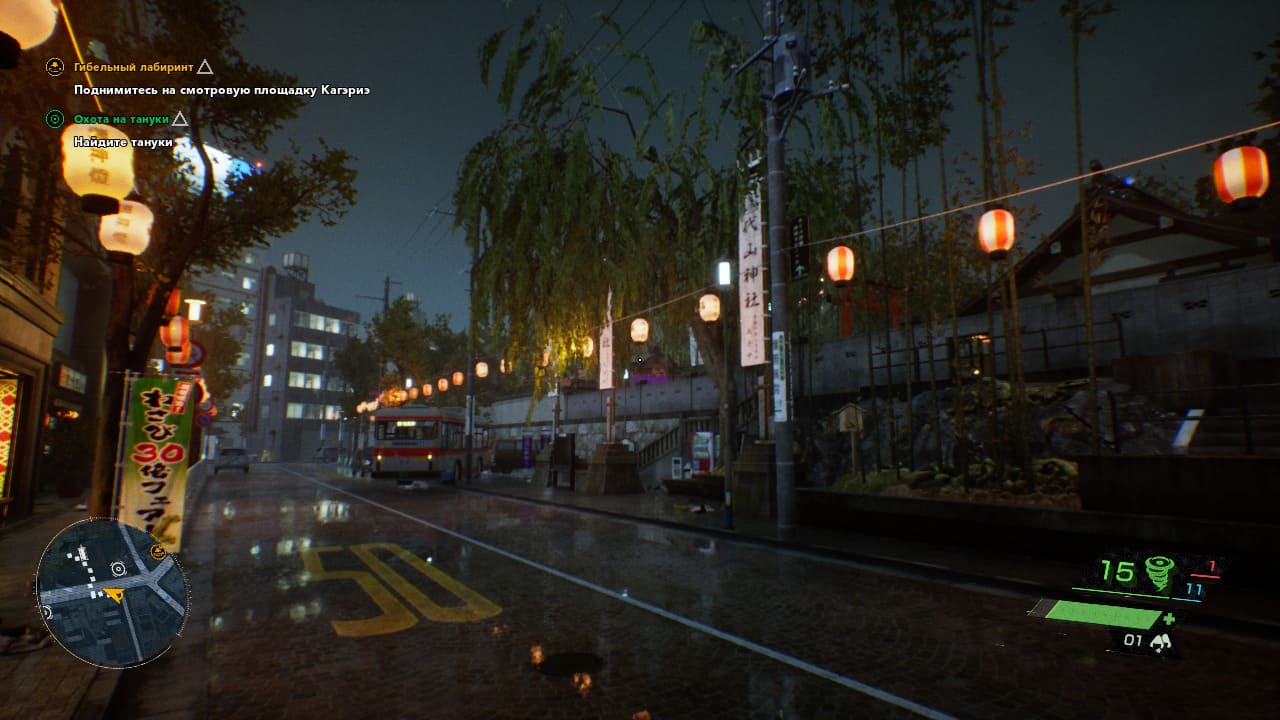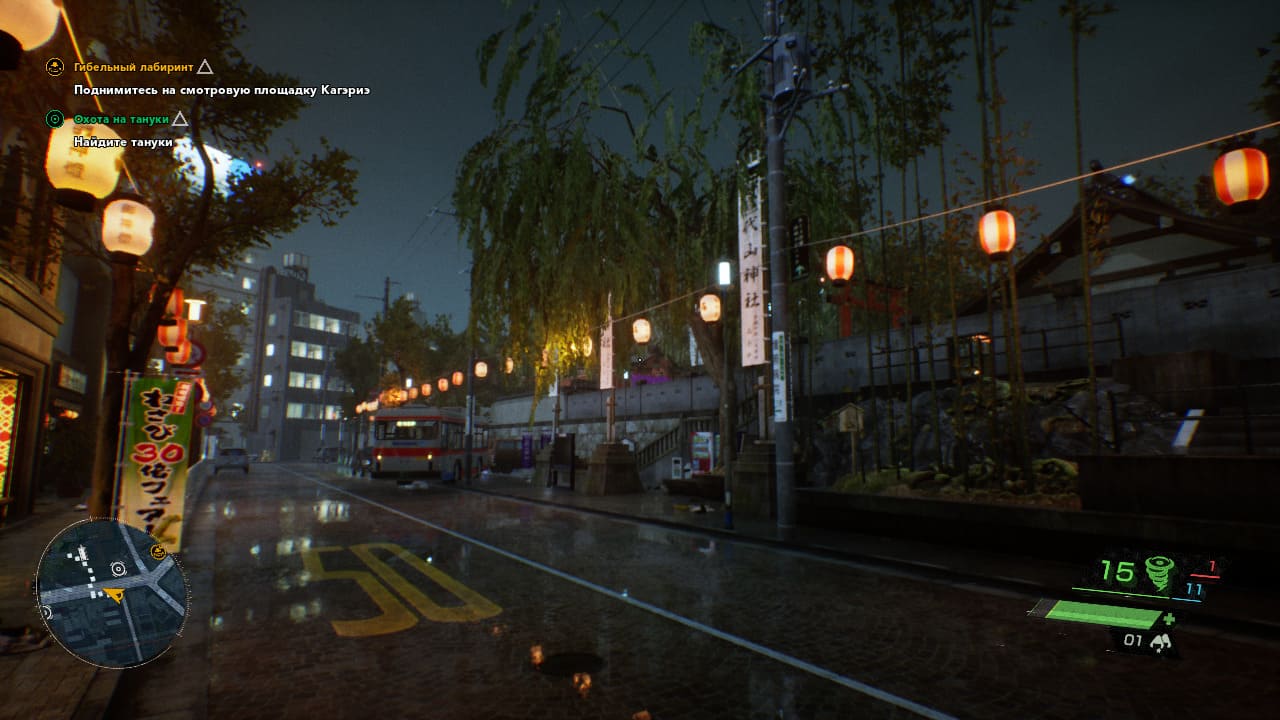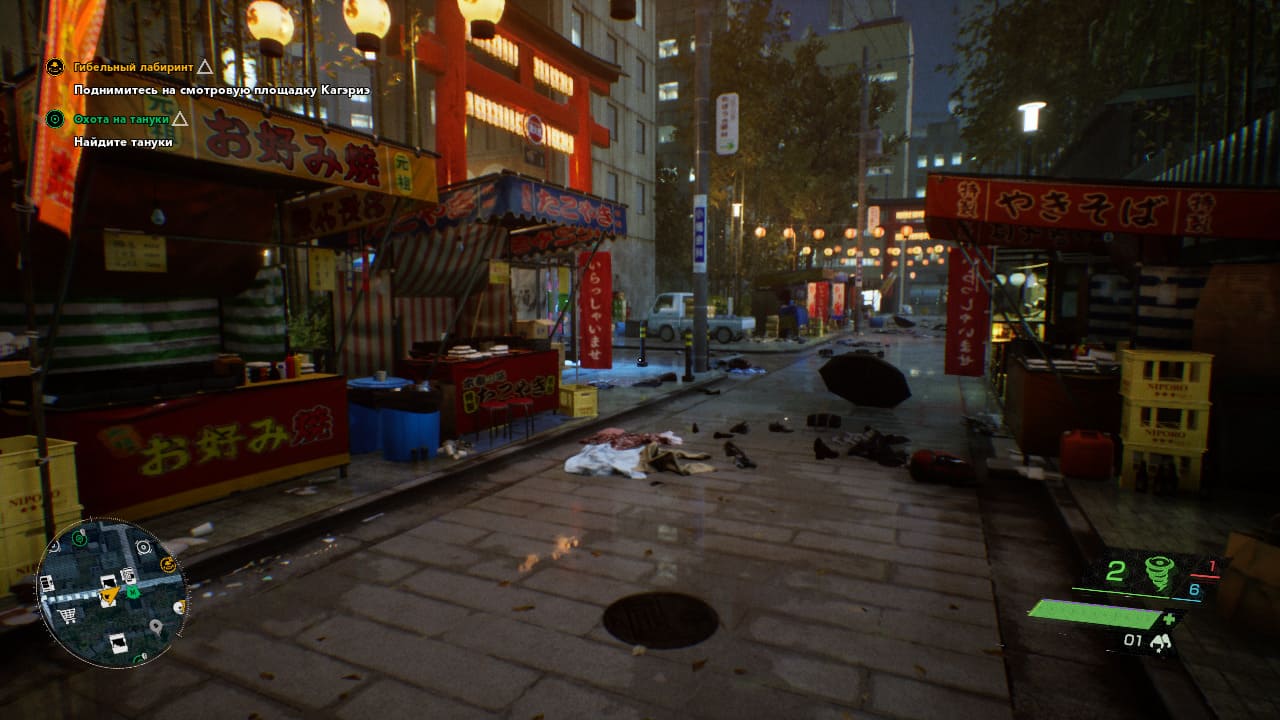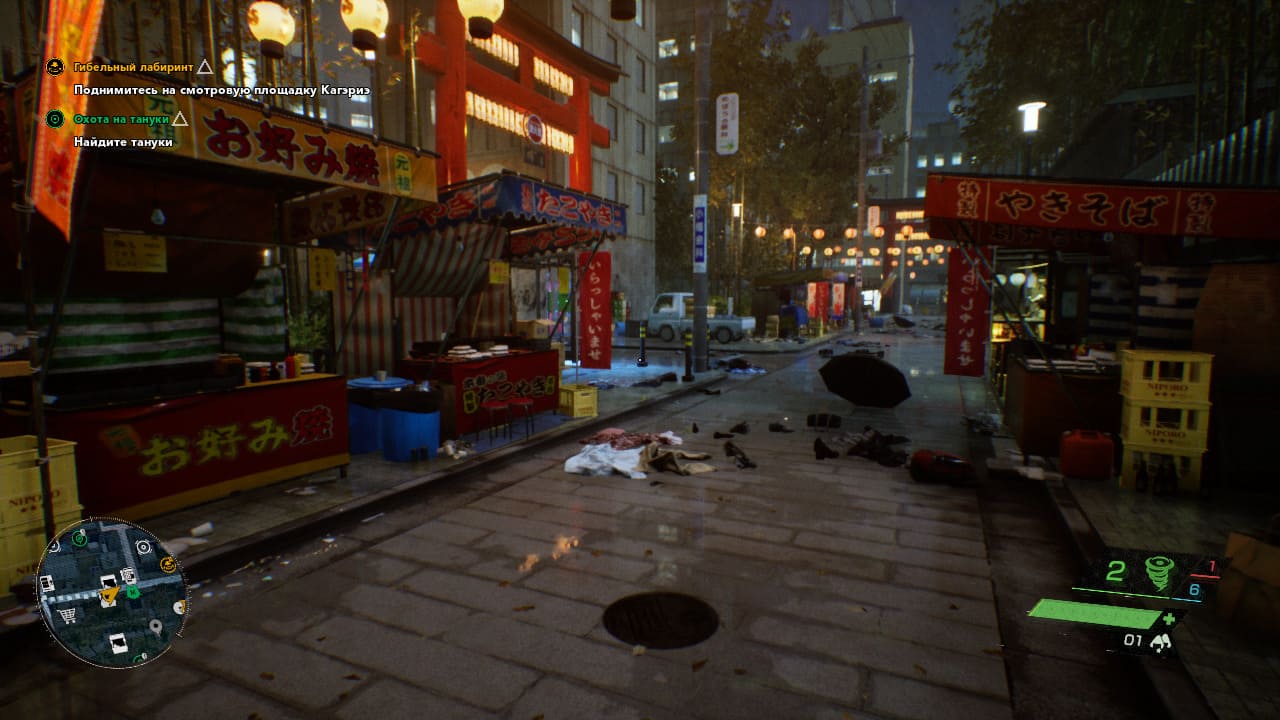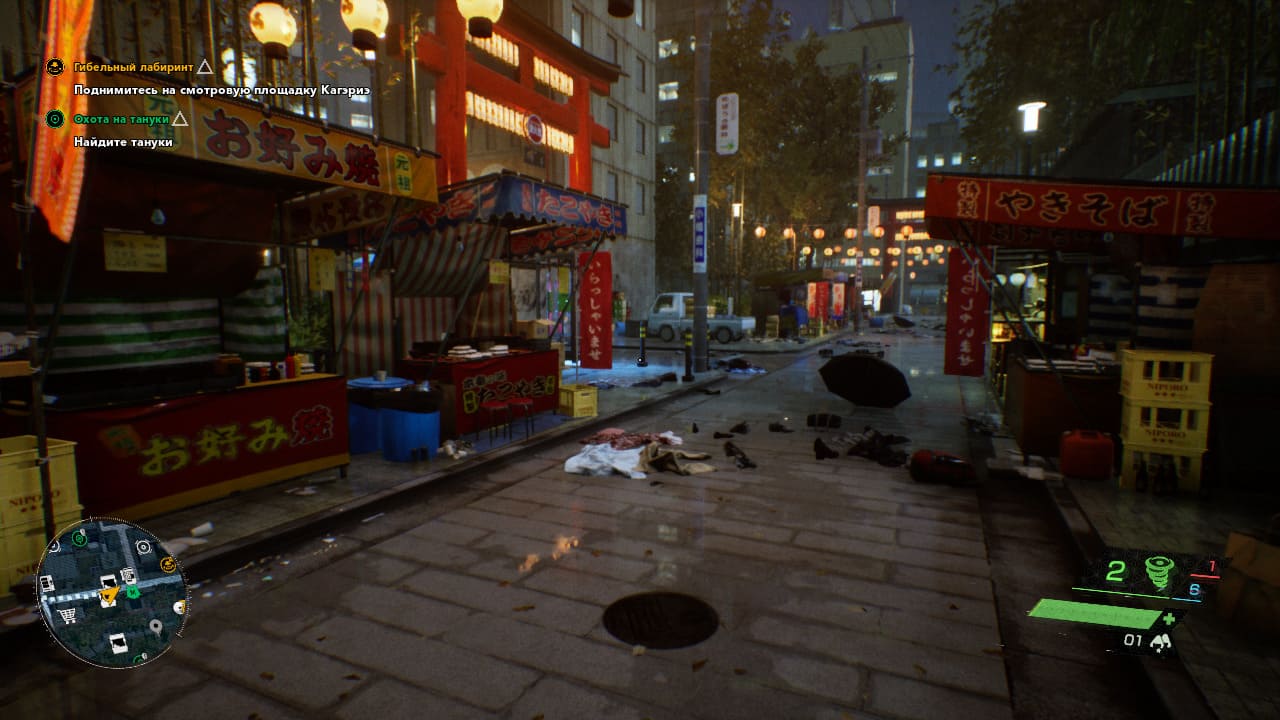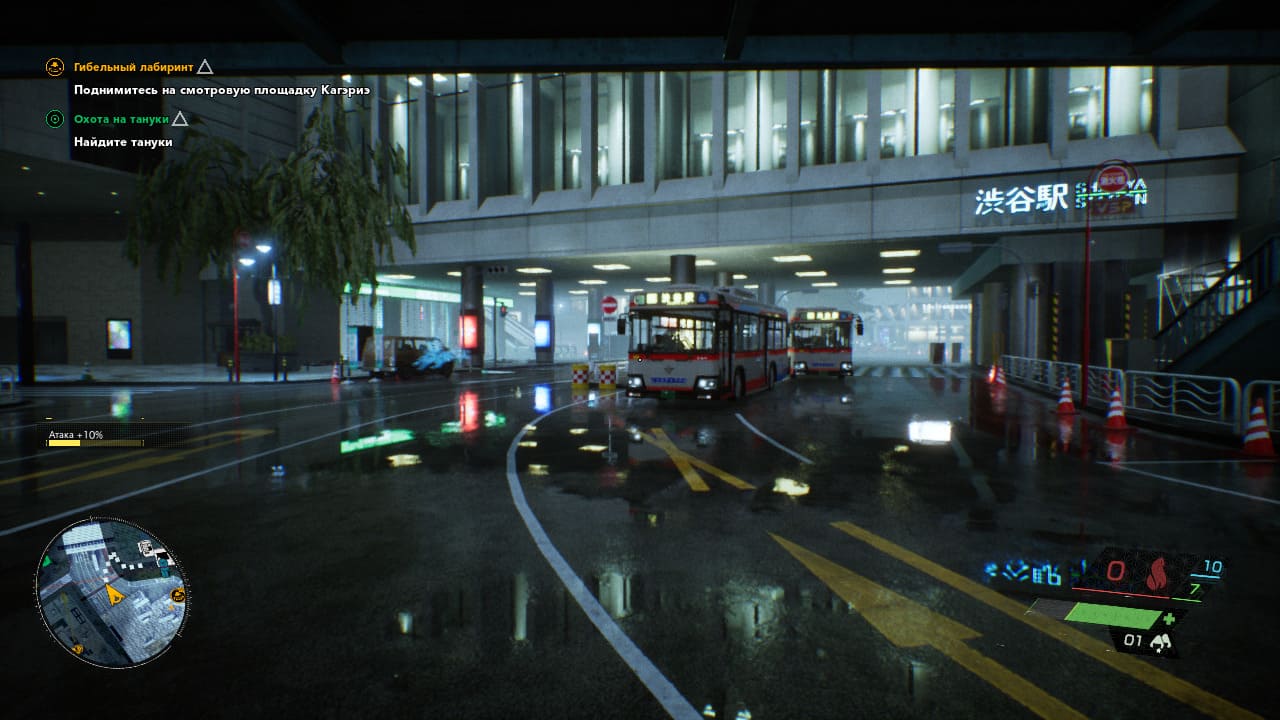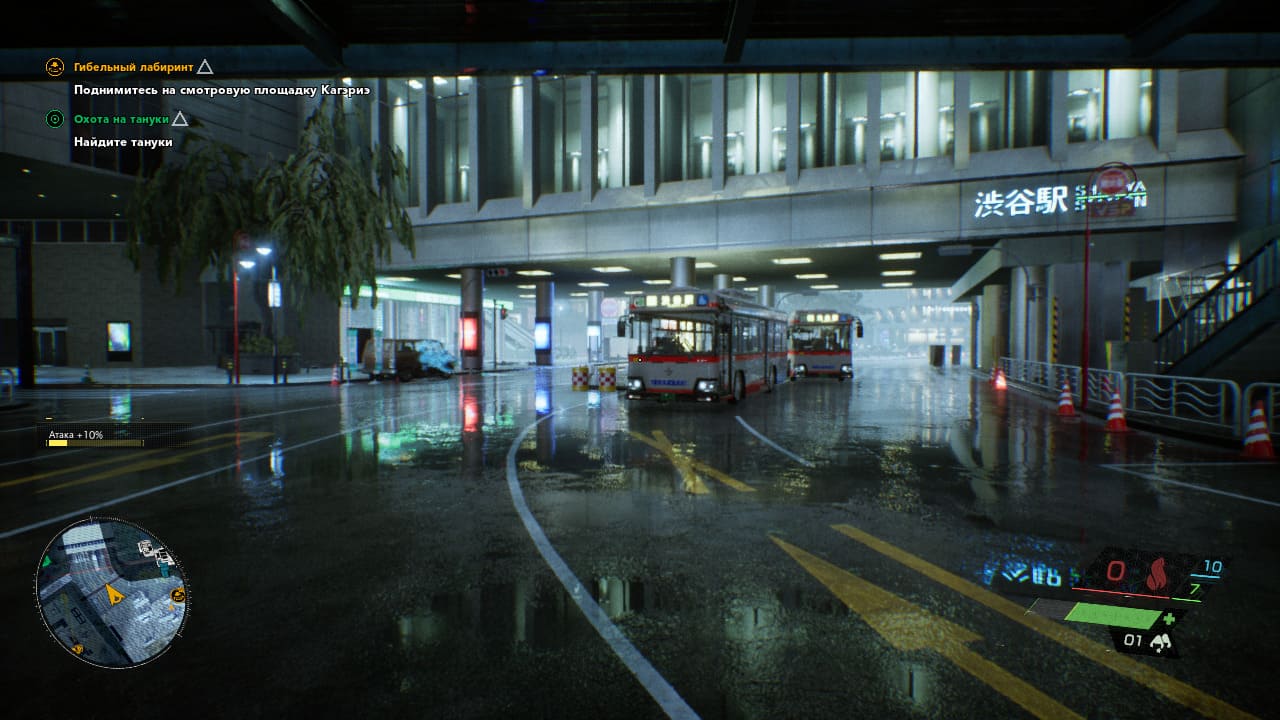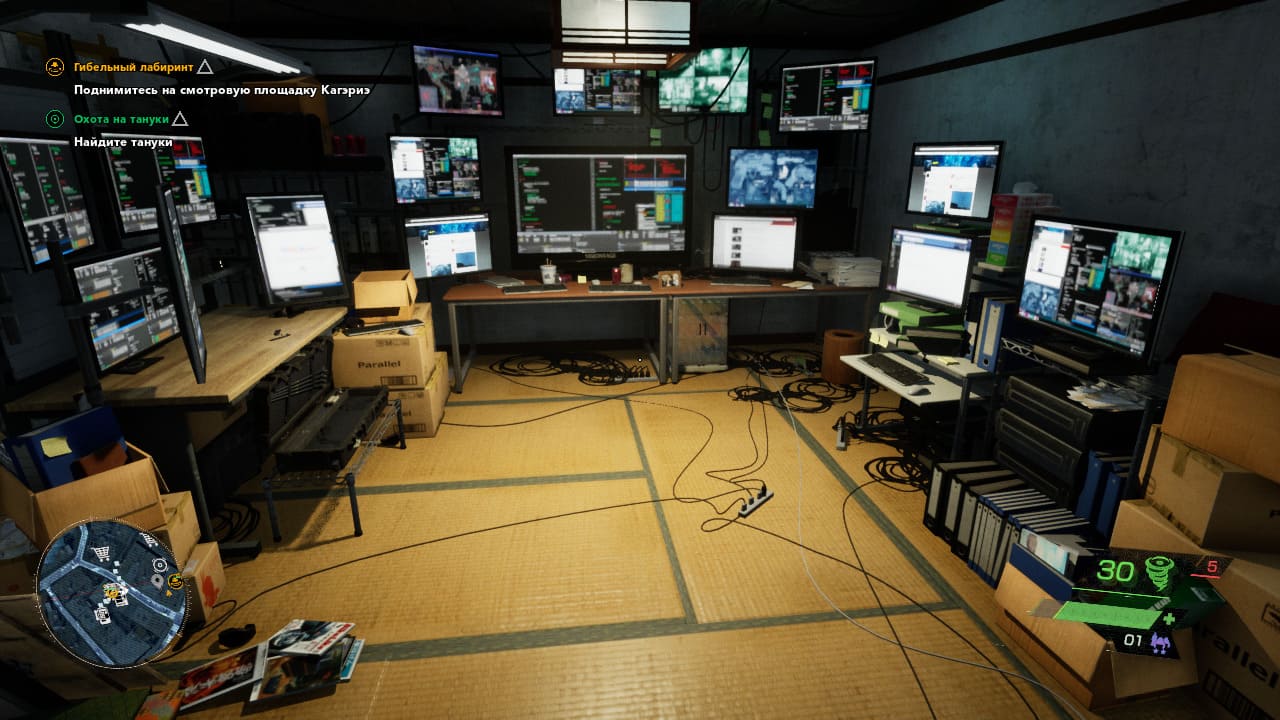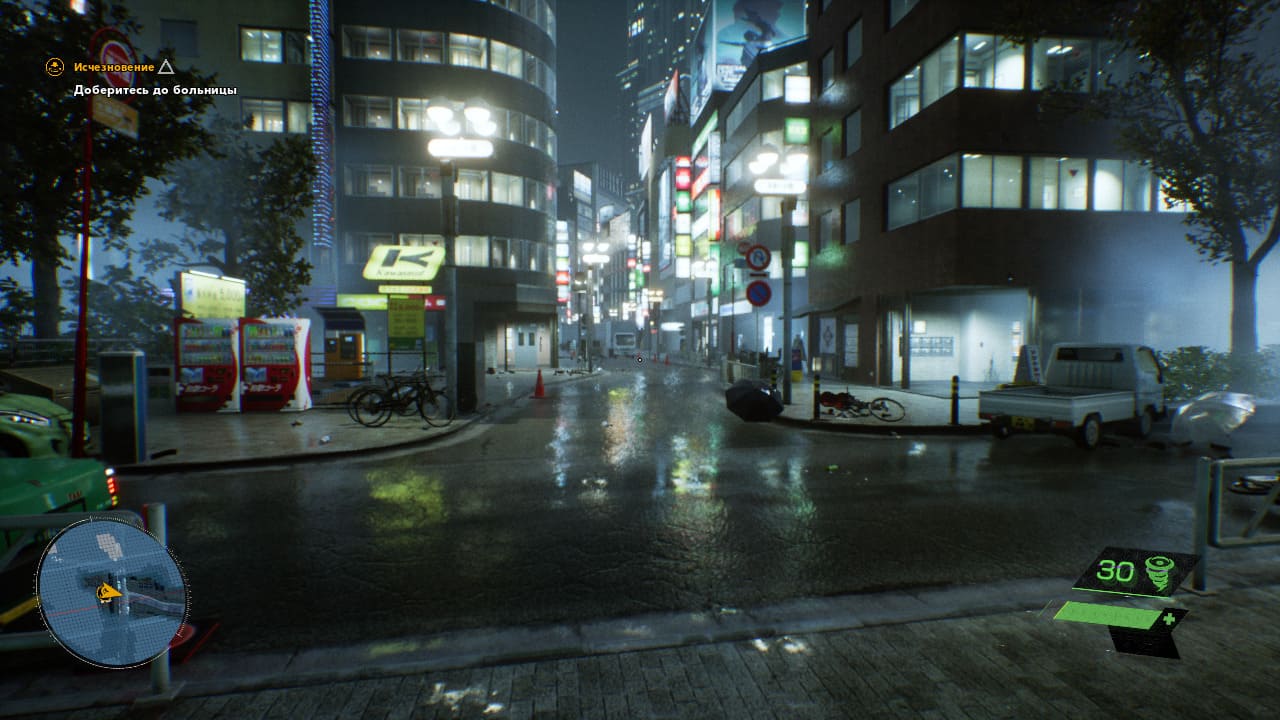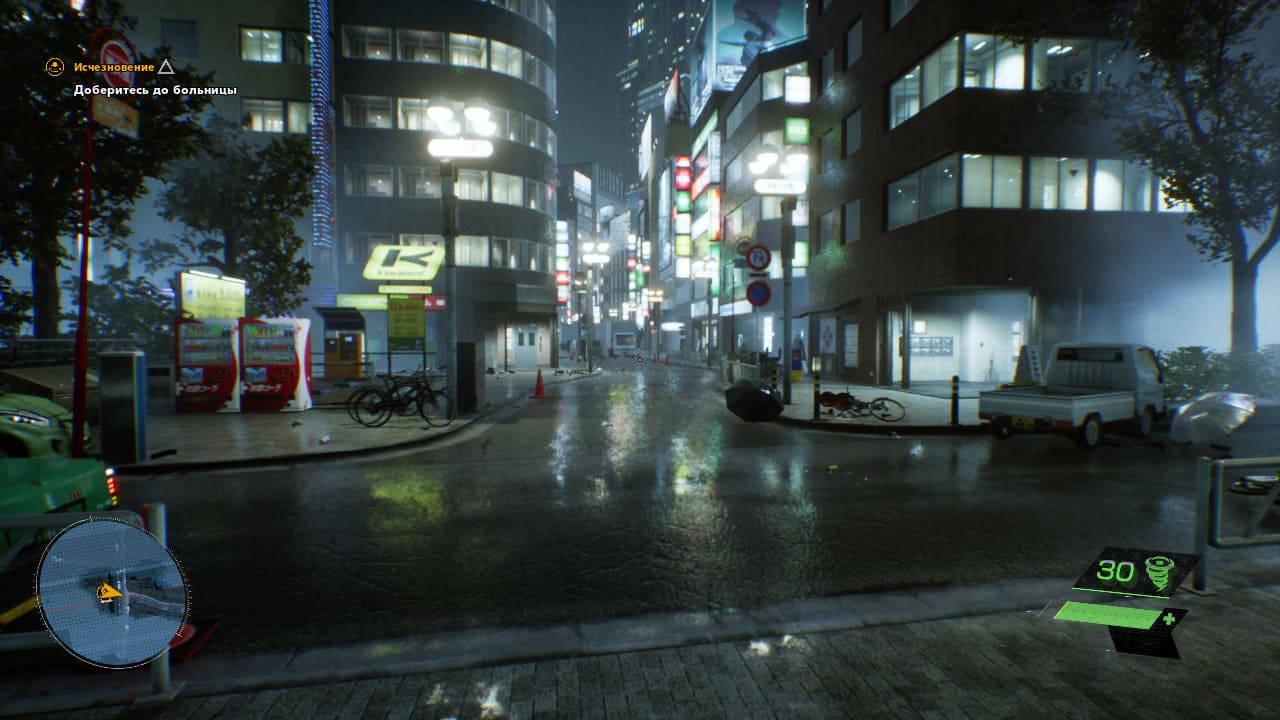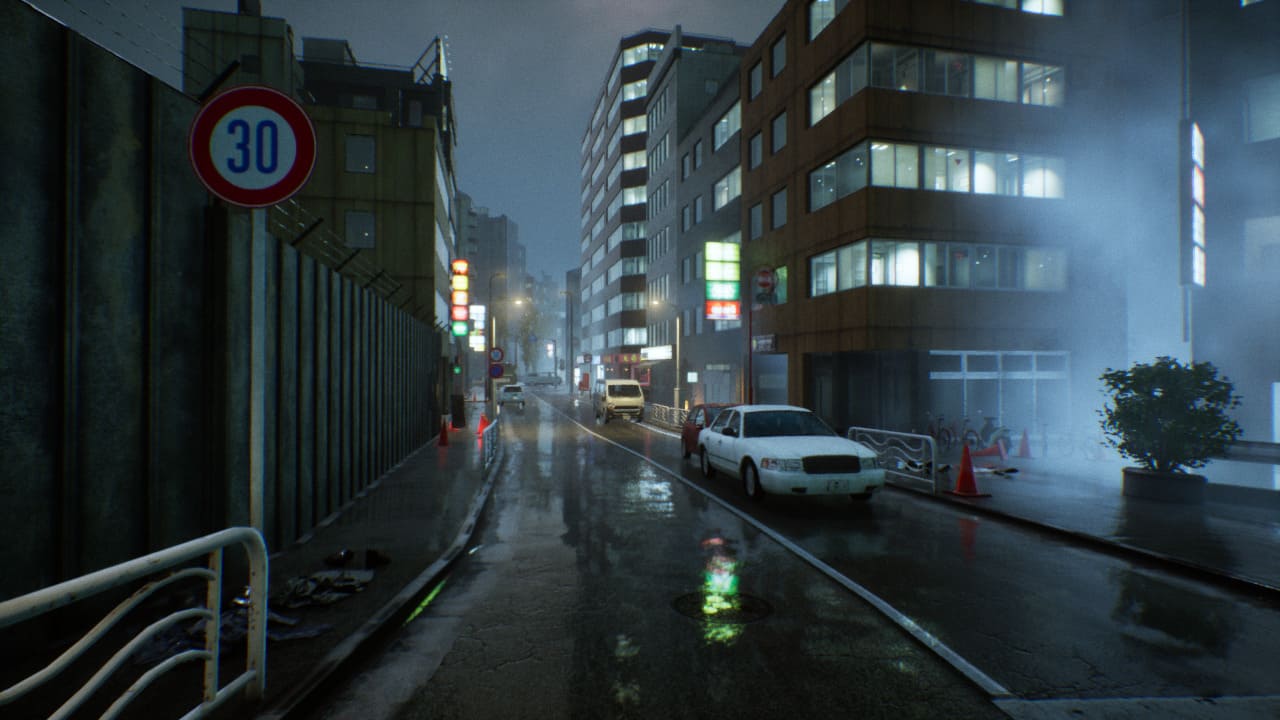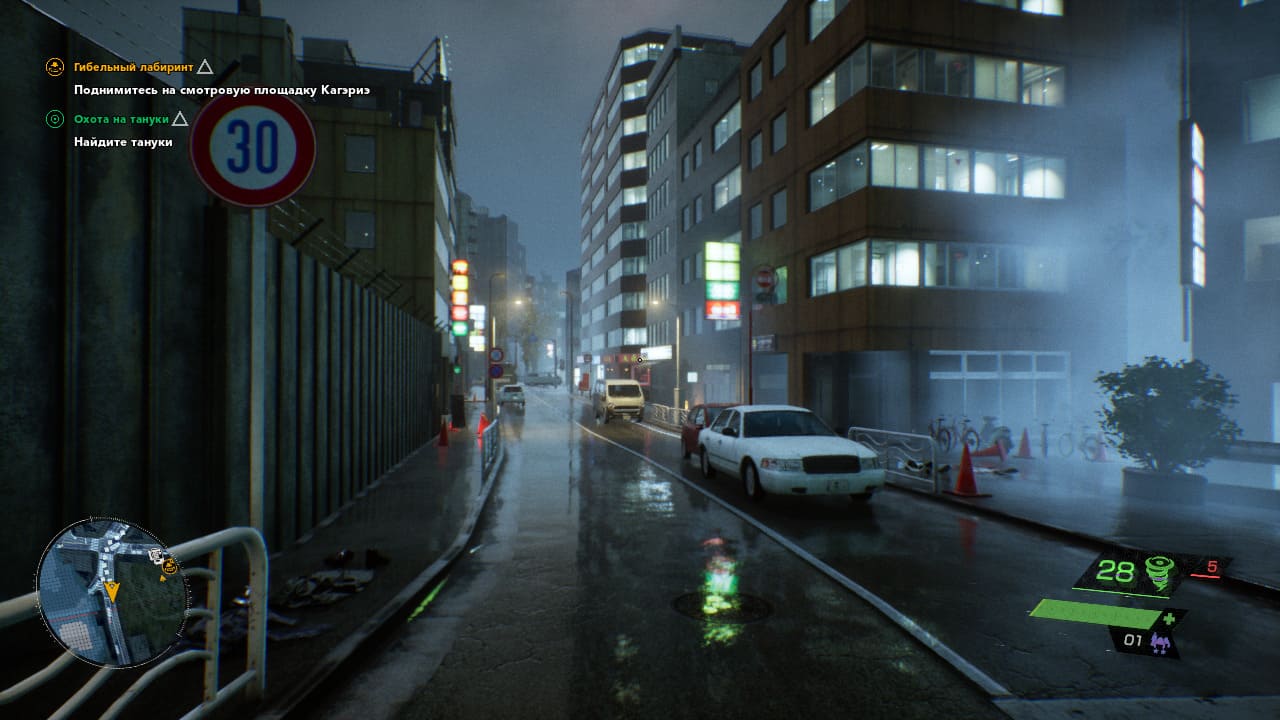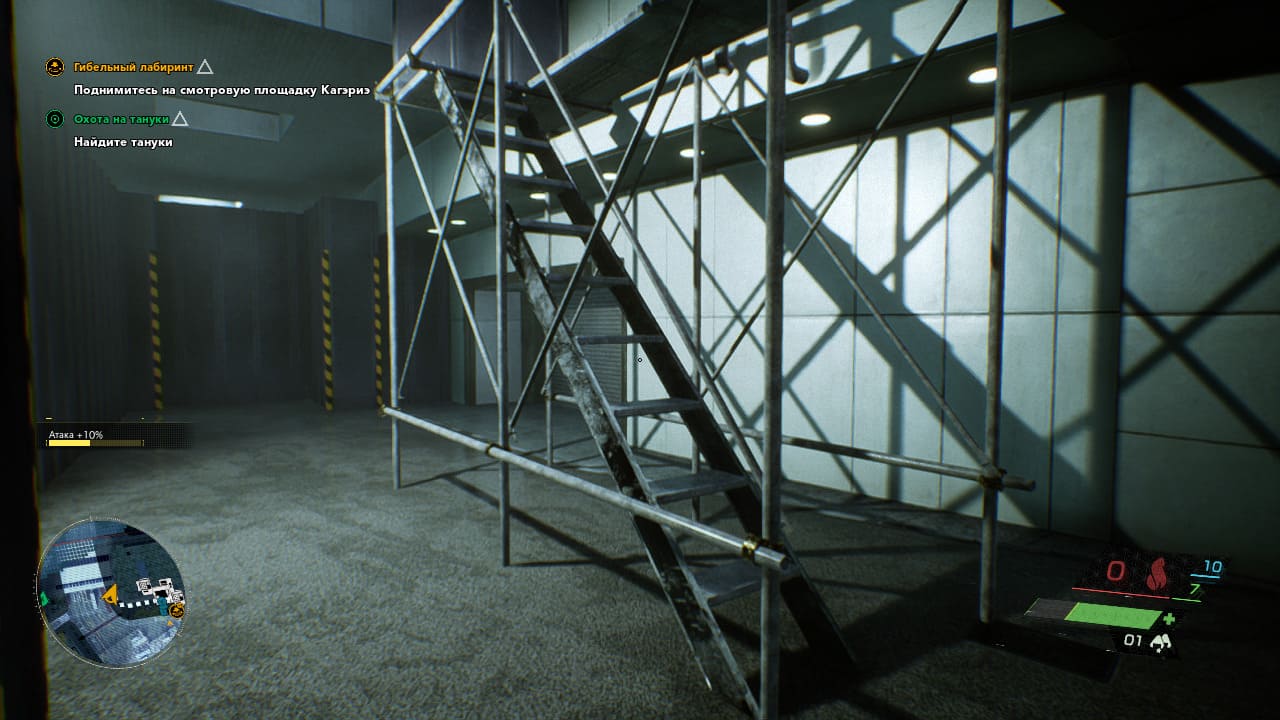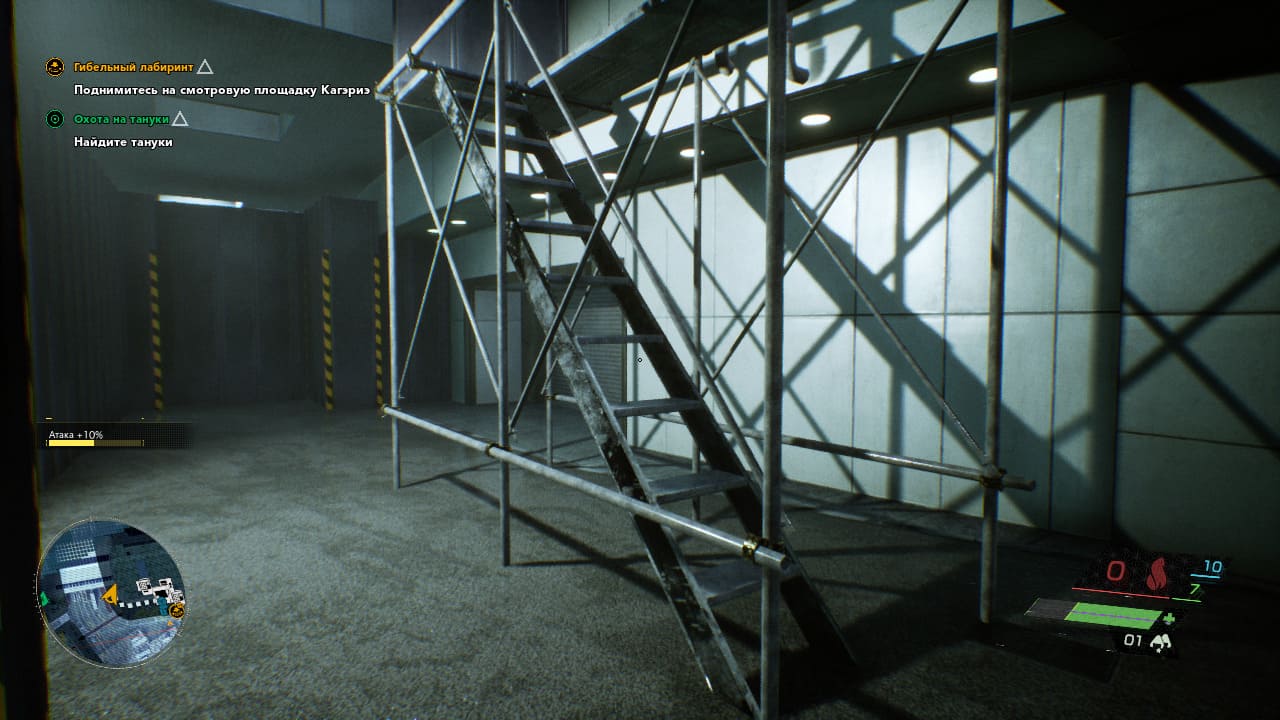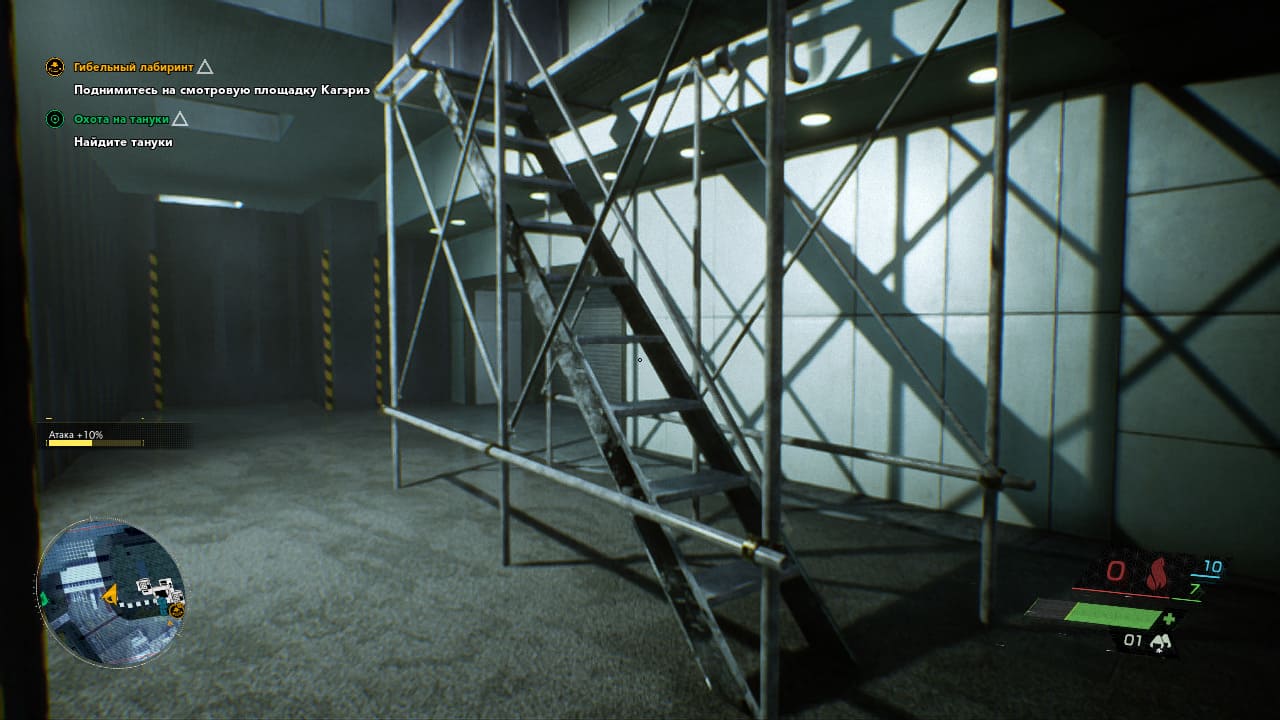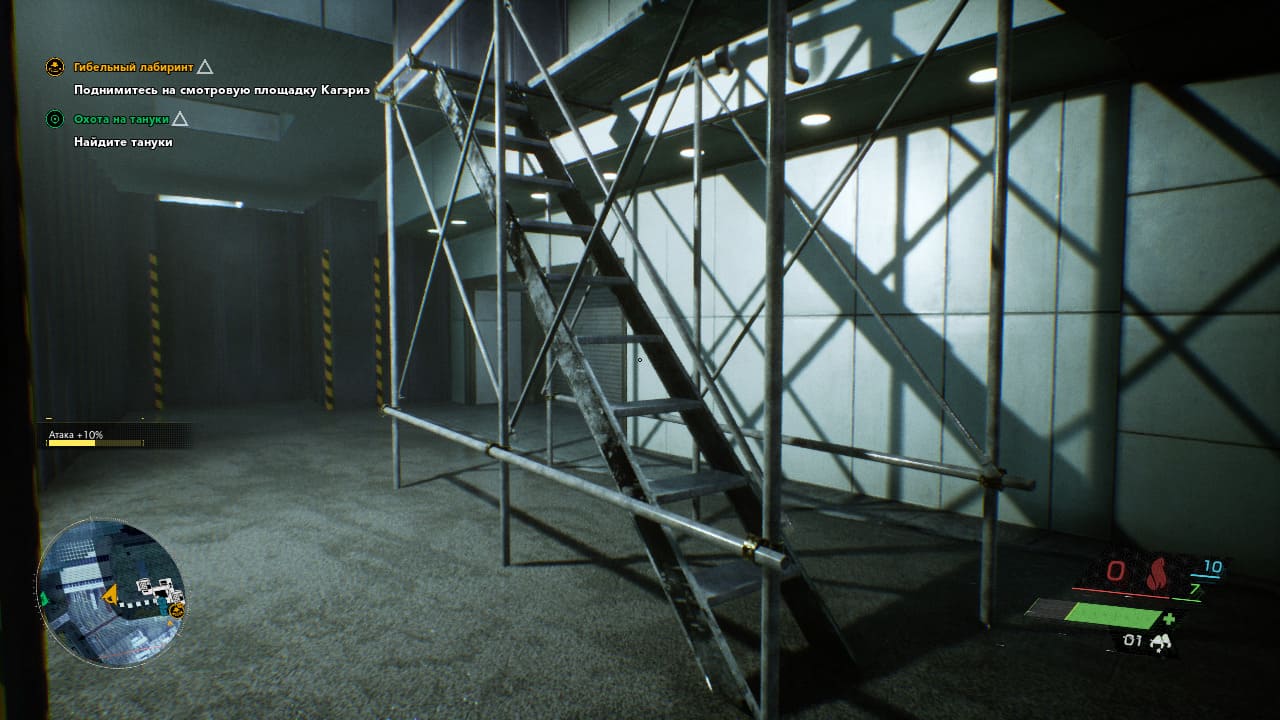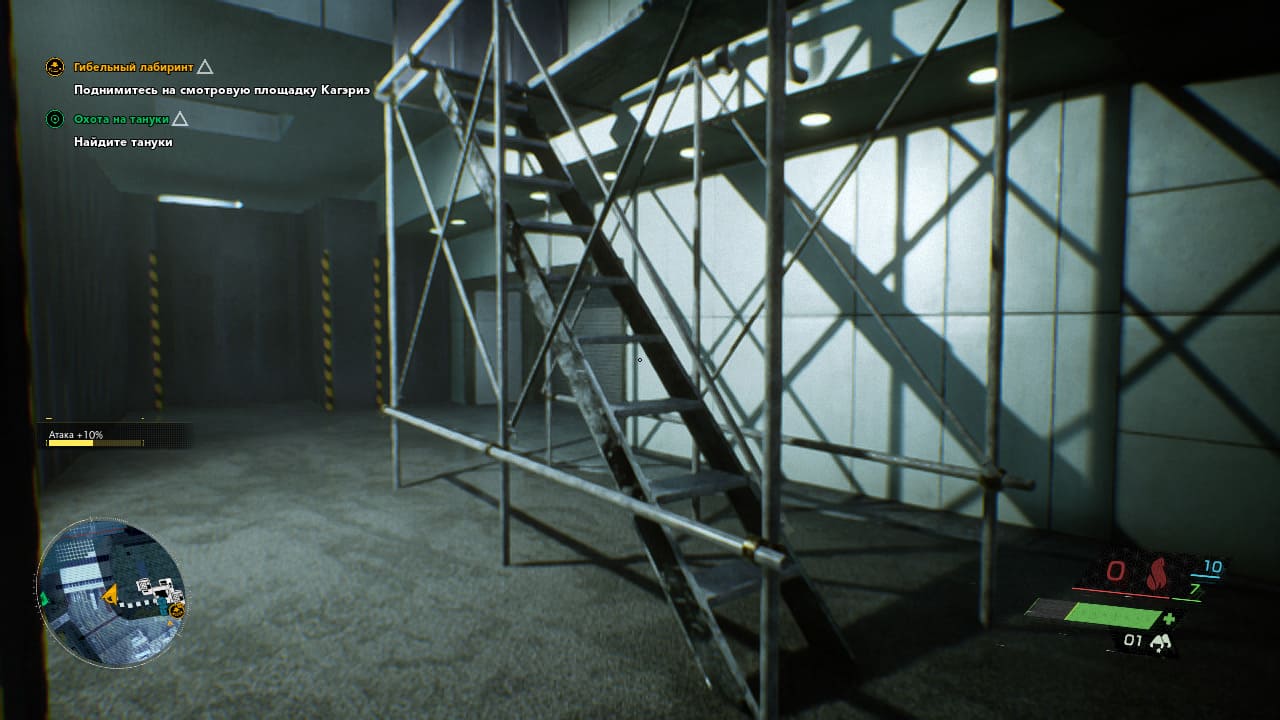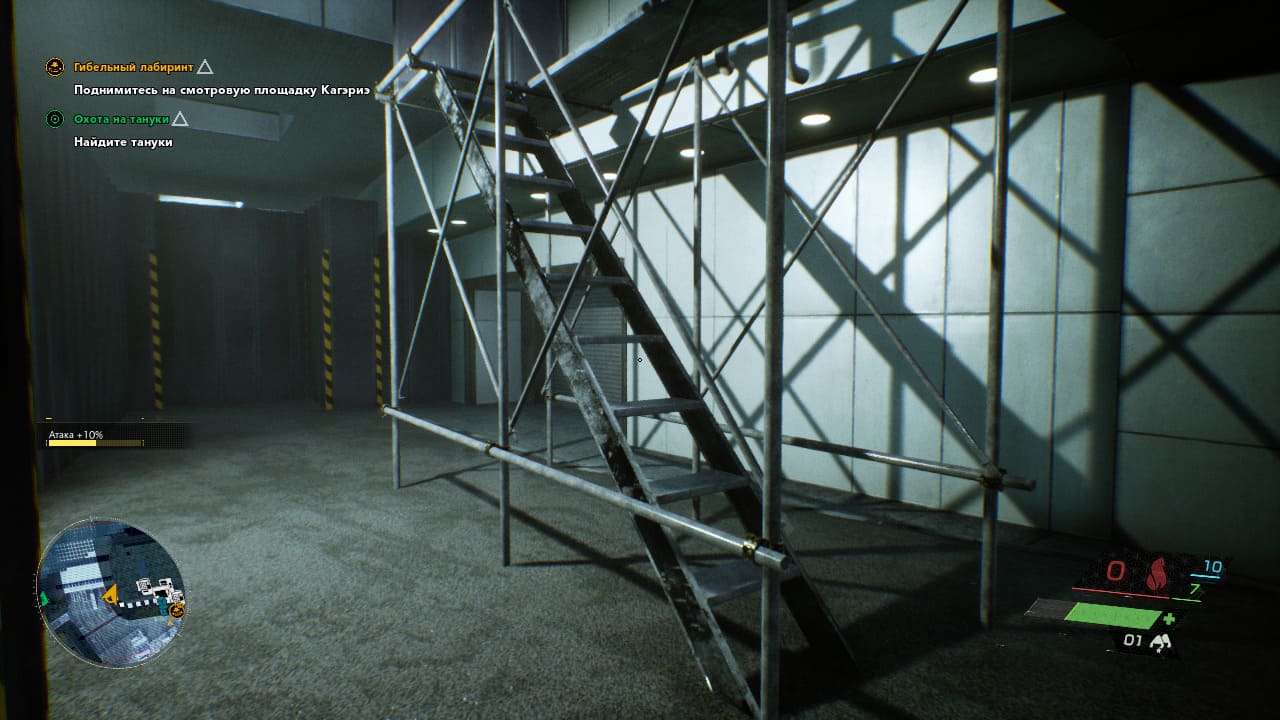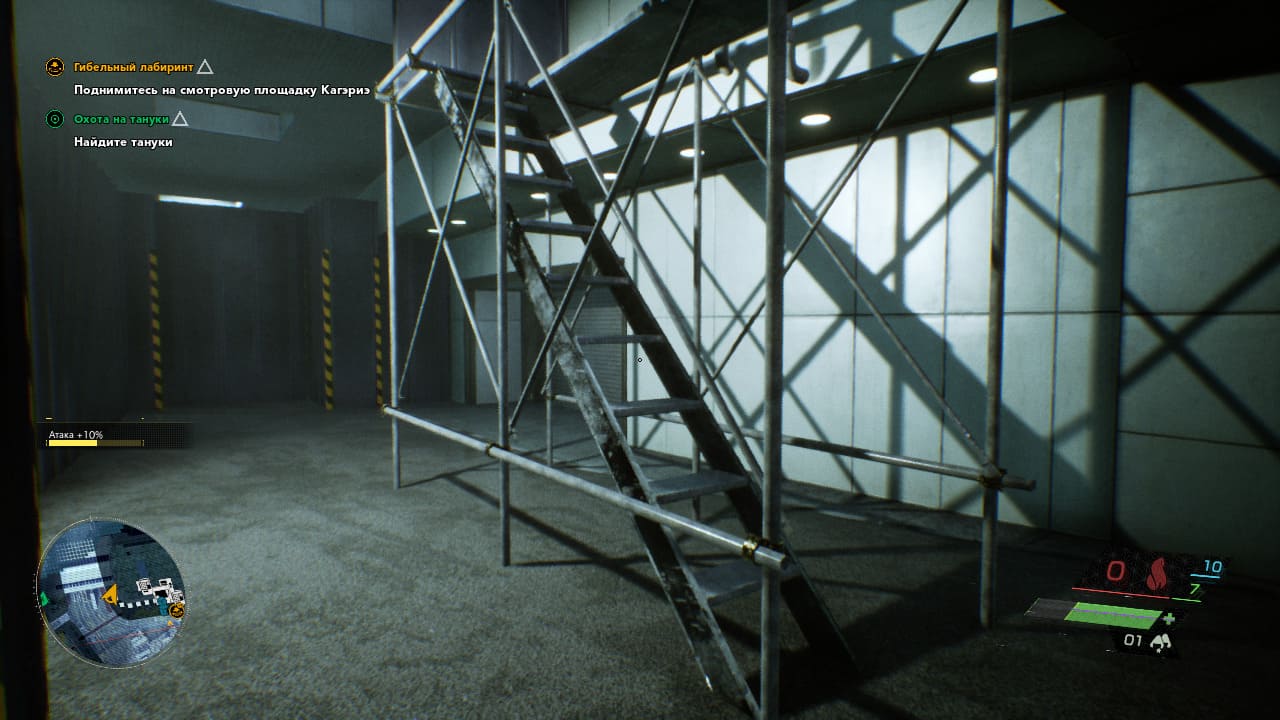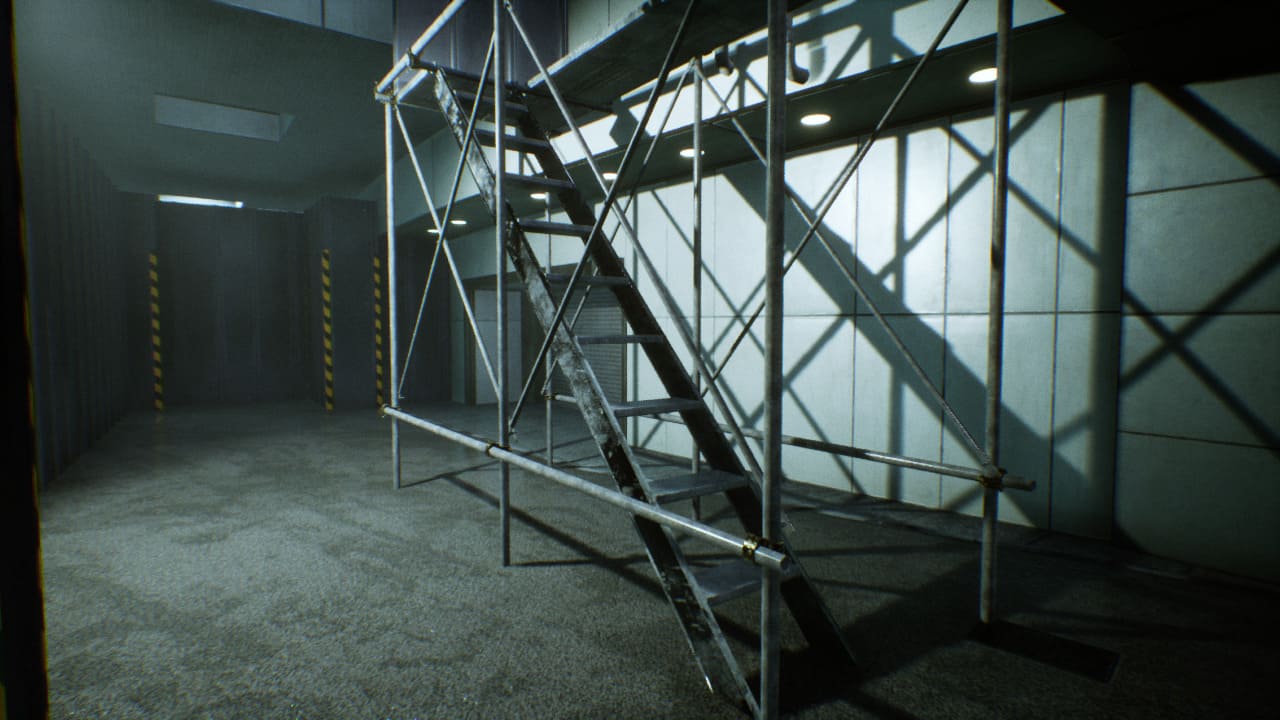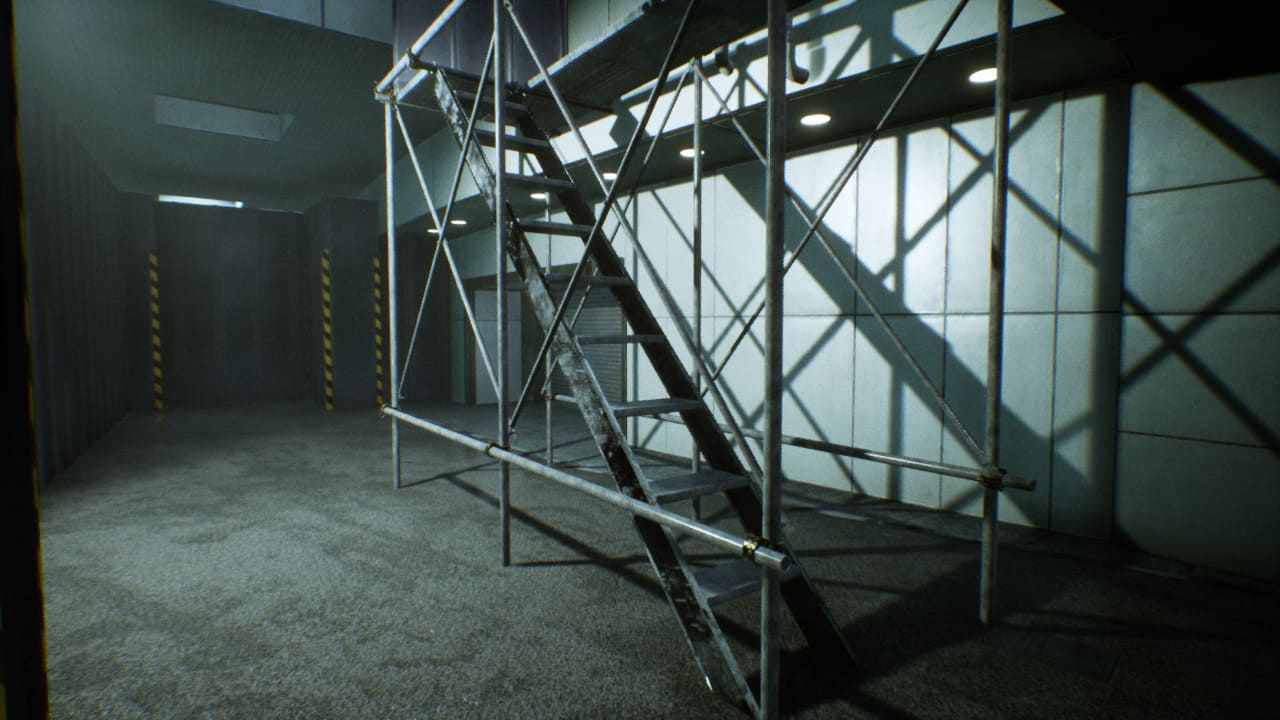Ghostwire: Tokyo- Graphics Settings Comparison
In today's review, we will look at graphic settings. Their impact on picture quality and performance in the game - Ghostwire: Tokyo, which was produced by the well-known Shinji Mikami - the creator of the Resident Evil series.
Ghostwire: Tokyo has several graphic settings available so you can tweak the FPS and get a balance of performance and visual quality. Below is an estimate of the impact on performance, as well as the impact on the visual component of the game.
Consider important graphic settings and their impact on the picture.
Quality SSS (Sub-Surface Scattering). The parameter has 3 modes - "Off", "Low", "High". In Ghostwire: Tokyo, the effect can be seen in real-time story scenes. If you turn it off, the skin of the heroes will become incredibly light. The impact on performance is high, on average, the parameter eats up 8 FPS. This effect does not affect the visual component of the picture, so you can safely lower the setting.
Quality SSR (Screen Space Reflections). In this item, you can choose between: "Off", "Low", "Medium", "High" and "Maximum". Covers all screen-space specular reflections. Surprisingly, switching from "Maximum" to "Low" didn't improve performance by a single frame; to get at least a 4% increase, it took their complete shutdown.
Global Illumination. Here you have the choice of SSAO (Screen Space Ambient Occlusion) and SSGI (Screen Space Global Illumination), the latter of which is Unreal Engine's built-in Dynamic Indirect Lighting system. SSGI creates better shadows around large objects, but SSAO can look more detailed. Additional shading appears in corners and crevices, and round objects appear more convincingly lit, with stronger contrast between bright and dark edges compared to light sources. It is the most demanding graphical setting in Ghostwire: Tokyo with a cost of 27,69% FPS.
Shadow map quality. The parameter has 3 modes - "Low", "Medium", "High". Affects the resolution of shadows. You can also leave it on high, lowering it to "Low" only gave an extra 2% performance.и.
Loading distance of objects. A higher level will allow you to load remote areas of the map at the same time. Lowering the setting can result in a slight performance boost - I got an extra 4% by going from level 2 to level 1 - only the apologies on the foliage and grass are noticeable.
During testing, it turned out that this option is fully available only for cards with a large amount of video memory (at least 8 GB). The game warns that this setting can have a big effect on framerate if enabled, which hasn't been noticed. With more VRAM: GTX 1060 with 6GB can only enable Tier 1, RTX 3070 with 8GB at Tier 2, and RTX 3090 with 24 GB - up to level 4.
Texture loading quality. In this item, you can choose between: "Auto", "Minimum", "Low", "Medium", "High" and "Maximum". The parameter affects the texture resolution. The difference in streaming textures is minimal. The effect is not striking, the locations in the game are dark and gloomy. Lowering the setting to "Low" only increased performance by 2%.
Now it's time to take a look at the three separate RT parameters. There are only a couple of ray tracing settings in Ghostwire Tokyo that really make a big difference in FPS. The most demanding is ray-traced reflection quality at 61,67% FPS, followed by ray-traced shadow quality at 32,76%.
Shadow quality with ray tracing. In this item, you can choose between: "Off", "Low", "Medium" and "High". The developer claims that with ray tracing, the shadows will become “softer” and more realistic. Changing this setting isn't as effective for performance as you might expect, given that shadows are pretty much everywhere. Decreasing from "High" to "Low" gives an increase of only 2%.
Reflection quality with ray tracing. In this item, you can choose between: "Off", "Low", "Medium" and "High". It's more like the "Low" setting provides a significant boost to 66fps. That's a juicy 15% improvement, and the actual quality drop from high is very small.
Ray tracing distance. The parameter has 3 modes - "Low", "Medium", "High". This particular setting covers the distance at which objects are drawn, with the lower the value of the setting, the smaller the distance at which objects can be removed. Downgrading to "Low" gave me an additional 2% FPS boost.
DLSS. The "Quality" and "Balanced" settings seem fairly close to native resolution. For a comfortable game with RT enabled, we recommend using "Balance" + RT.
FSR. The highest setting for AMD's upscaler, "Ultra Quality", cannot match DLSS quality in terms of either sharpness or performance.
Based on the test results, it can be easily argued that DLSS provides better image processing than FSR. On the images you can see a strong "roughness" from FSR, DLSS technology, on the contrary, drew more qualitatively and clearly. FSR still doesn't handle the subtle details of the graphics as it did before.
In addition to DLSS and FSR, Ghostwire: Tokyo has another upscaler Temporary Super Resolution(TSR) unreal engine. TSR is closer to FSR than Nvidia's gold standard. Its highest setting, "Ultra Performance," looks slightly better than FSR's, with fine details a bit sharper, and less over-processed, filtered out. The downside is the smaller performance gain. If you don't have access to DLSS, try TSR first before resorting to FSR.
So let's summarize. I had a great time in Ghostwire: Tokyo rescuing lost spirits.
In terms of texture quality, Ghostwire: Tokyo will not surprise you, it can be compared to a game from the PlayStation 4 era, but the visuals of the novelty are still impressive. Tokyo looks amazing, great lighting even without the RTX.
The optimization is great too. Despite some creepy system requirements, Ghostwire: Tokyo can run well on older builds. Looking at all the results above, we can see that Ghostwire Tokyo doesn't have many graphics settings to choose from, and only a few of them will really make a significant difference to your performance.
The most demanding graphical setting in Ghostwire: Tokyo is the SSGI setting for Global Illumination at a cost of 27,69% FPS, followed by SSS quality at 7,95% and SSR quality at 5,64%. Then Global Illumination (SSAO) at 3,33%, Shadow Map Quality at 1,54% and finally STreaming Texture Quality at 1,03%.
Ghostwire: Tokyo isn't a masterpiece, but the visuals and setting make it a pleasure to spend time in.







